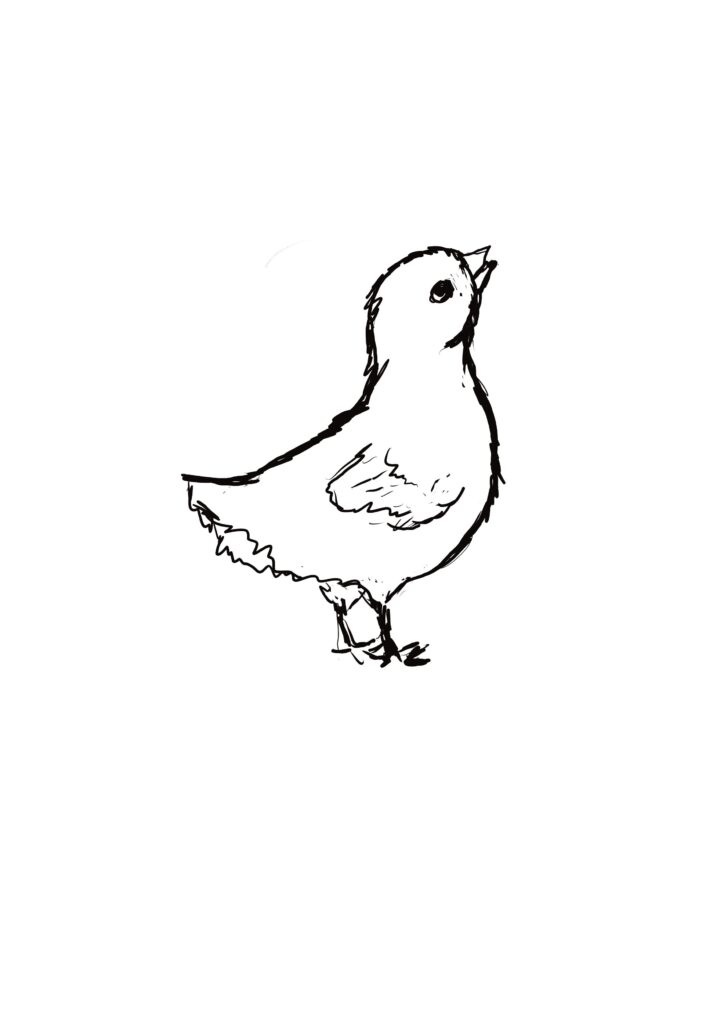Sorry, it’s been busy. I had a baby last spring, and my little one has kept me very busy.
We have wrapped up our feed store sampling and will most likely not be doing further backyard flock sampling. We are still working on analyzing the chick data, but we have submitted our analysis of Salmonella and Campylobacter for peer review. Brief highlights below:
- From 2022-2024, we found that:
- 13% of farms had S. enterica (9/70 farms)
- Salmonella was more likely on farms with multiple types of poultry (e.g., chickens plus turkeys or chickens plus ducks); each additional species present increased the risk by 7.6 fold
- Salmonella was also more likely on farms with younger birds (probably due to high rates of S. enterica in hatchling chicks).
- 83% of the Salmonella was from types of Salmonella that make humans sick, but rarely make birds sick.
- 19% of farms had Campylobacter (12/63 farms)
- Campylobacter was 27 times more likely on farms with multi-age flocks (e.g., young chicks plus adult birds)
- Campylobacter was 11 times more common on farms with multiple types of poultry (e.g., chickens plus turkeys). Each additional species increased the risk by a factor of 4.8
- 13% of farms had S. enterica (9/70 farms)
Recommendations to reduce your risk:
- Don’t mix poultry species. Keep chickens separate from turkeys, ducks, meat birds, and geese.
- Don’t mix ages. If possible, replace your entire flock at the same time, and clean the coop and equipment in between (soap and water, followed by bleach or another sanitizer).
